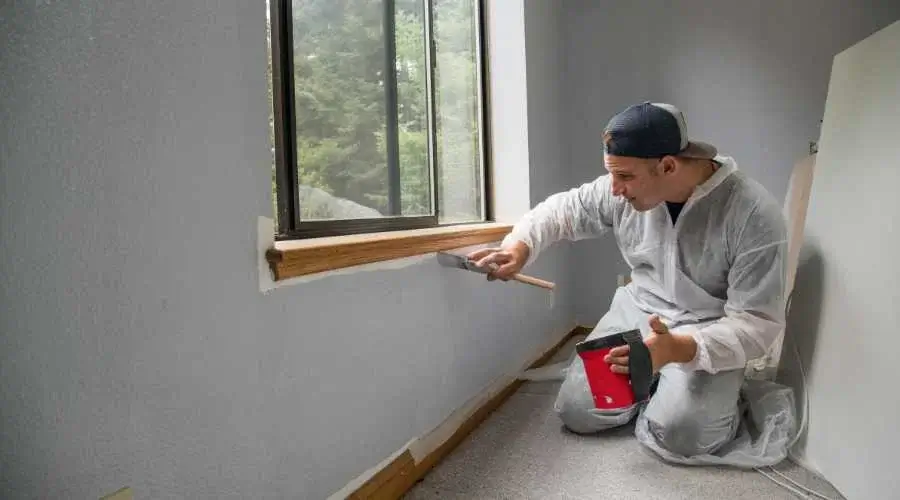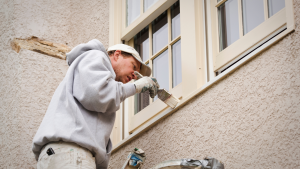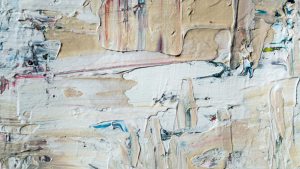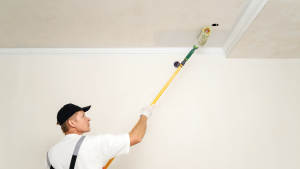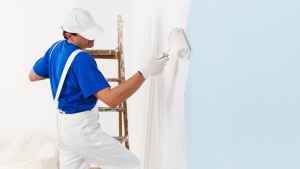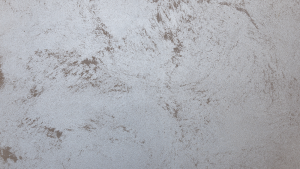It’s natural to assume that your home improvement job should be completed in the spring or summer when we think of interior painting. But did you know that painting interiors in the winter has advantages? Winter is the perfect time to paint the outside or interior of your home since there is less humidity, which causes the paint to dry substantially faster and better.
Don’t wait till the months with high humidity and temperatures. Apply a fresh coat of paint to your home right away by following these 5 straightforward interior house painting advice for the winter season.
1. Planning
It’s important to give your area and materials the attention they need while getting ready for an interior paint job. Spend effort protecting your surfaces and equipment to avoid making costly blunders. Here are a few pointers for getting ready for a painting project:
Make sure surfaces are free of dust and debris before painting your property. We understand that you can’t wait to get painting, but clearing away these flecks with a rag or tack cloth will help maintain a flat surface and keep the protective coverings in place.
After cleaning your surfaces, spend some time using these products to protect them:
- Drop cloths to safeguard floors and furniture
- For hard surfaces like floors and counters, surface protection boards are effective.
- Baseboards, windows, doors, and cabinets benefit greatly from the use of masking paper and film.
- For trim, baseboards, electrical outlets, and any other small, intricate space, use painter’s tape.
We advise combining a number of paint cans in a sizable 5-gallon bucket in order to maintain a consistent paint color throughout the course of your interior painting project. Your waste and mess will be kept to a minimum if you use a roller tray for a 5 gallon bucket.
2. Ceilings, Wall, then Trim
It’s common to feel overwhelmed and unsure of where to begin when painting a vast area. It’s crucial to paint the room in the proper sequence because it’s nearly certain that you’ll drip, spill, or splatter paint. As a general rule, we advise painting the ceiling, walls, and trim in that order.
Save painting the floors for last if you intend to do so.
3. Equal Paces
We advise using a roller for large areas and walls. Additionally, using an extension pole will make painting much quicker. Make sure you: to create a surface that is even and smooth.
- Before commencing, completely cover the roller with paint.
- Eliminate all leftover paint to prevent drips.
- Apply the paint in the same pattern all over with the roller. The “W” or “M” pattern is the most typical pattern. Fill in the unpainted areas without raising the roller.
- Pick up the roller gently once you’ve finished painting the area to prevent leaving a mark. Reload your roller with paint, travel to another unpainted spot, and repeat the procedure there. *These procedures should be followed while applying primers and interior paints.
4. Be calm and wait for the paint to dry
It can be tempting to begin painting your space again once the first coat has dried. Don’t! Before applying any extra coats, make sure your coat is totally dry. You can speed up the drying process by allowing air to flow through the windows. You won’t believe how much faster drying times will be with winter air.
However, not all paints are made equal; drying durations vary depending on the type of paint. Before reapplying oil-based paint, allow the walls to cure for at least 24 hours. On the other hand, if you’re using latex-based paint, you can start your second layer after 4–6 hours.
5. Purge.
Cleaning up after a project is often the least enjoyable part. The removal of paint washout and its correct disposal, however, is a crucial step in the painting process. Brushes containing latex paint can easily be cleaned with soap and warm water. Use a government-approved spot that won’t contaminate the groundwater to dispose of washout. Instead, spend your money on a paint removal solution that is good to the environment.
Oil paints require a little more skill. Use a solvent or paint thinner to wash out paint to remove it. Put paint washout in a location that has been approved once more. Groundwater can get contaminated and the ecosystem harmed by improper disposal.
Last but not least, keep your extra paint in a secure location for touch-ups later on! A new coat of paint might look its best during the colder months.
We Have Your Back!
Want to learn more painting advice? You are insured by New City House Painters! Discover these painting shortcuts, practical exterior painting advice, and five things to avoid when working on your job.

